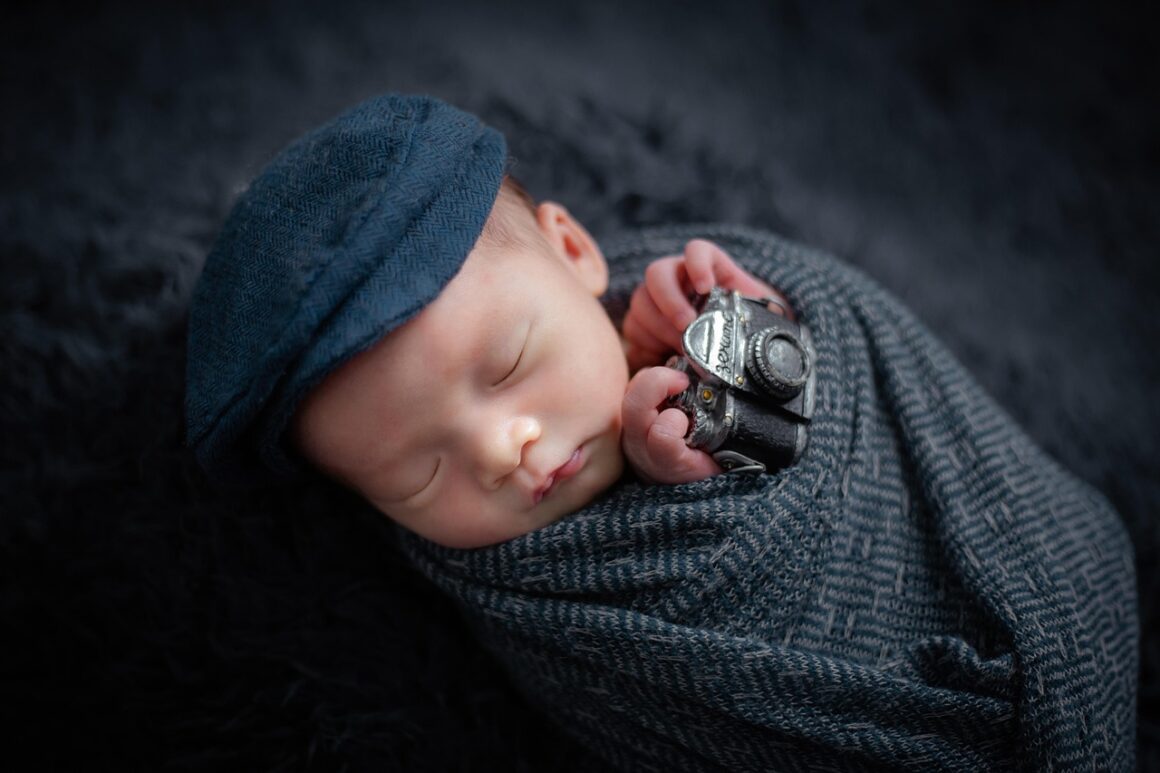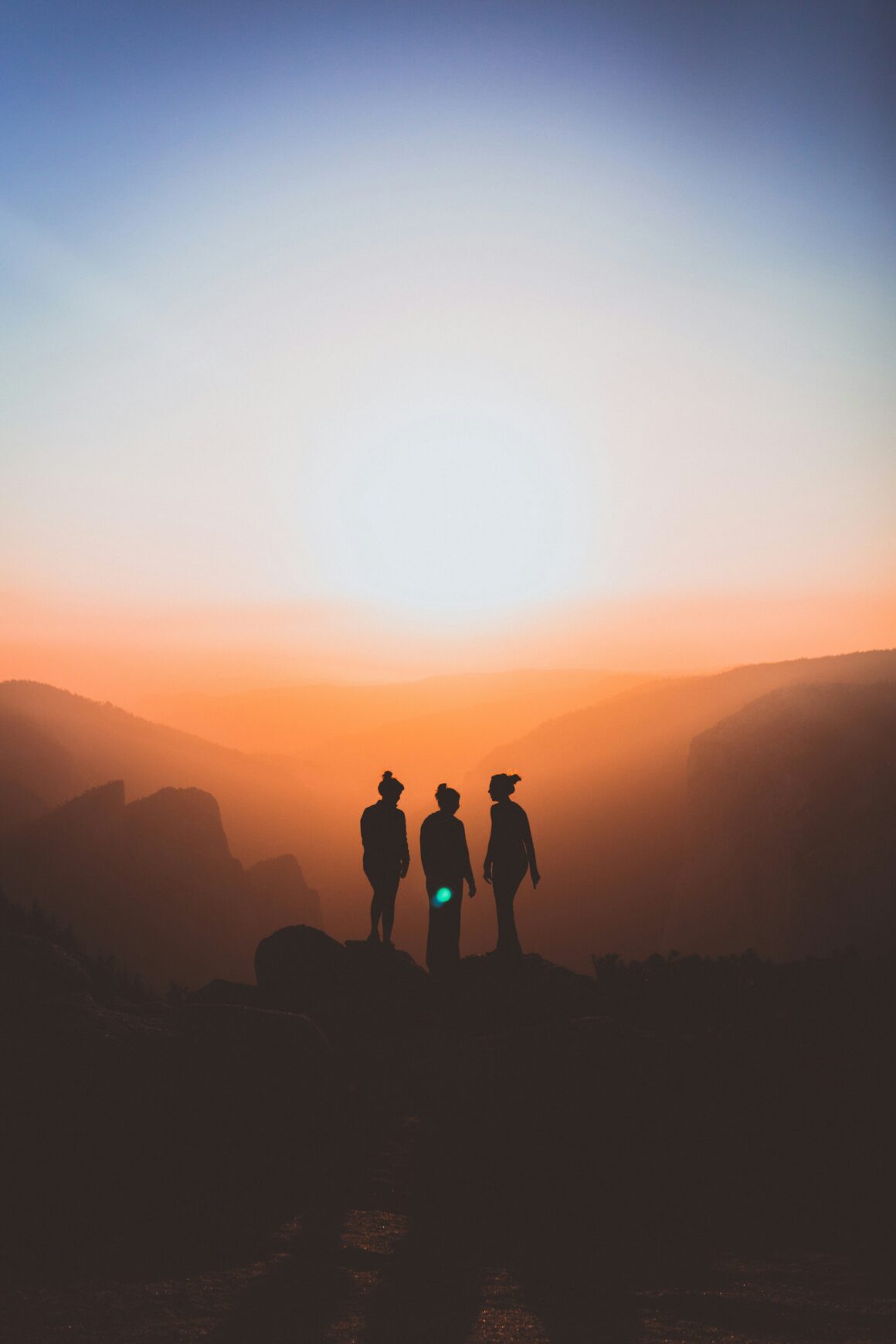Discussion revolving the societal beauty ideals and pressures that exist today, particularly for women, has become ubiquitous on social media and news platforms. While much of this discussion involves the expelling of such ideals and the acceptance of nonconformity, the possible origins of said ideals have not all been exhaustively researched.
We are not quick to point the finger at the friendly childhood heroes and princesses we grew up with and blame them for instilling substandard beauty ideals. How could we? They were our friends, our inspiration, our confidantes. How could their existence be anything but good in our lives?
Children nowadays are surrounded by more diverse and politically correct fairytales and role models, take Frozen’s Ana and Elsa for instance, or the independent Moana. Fairytales are what they are — fairytales. Surely, we don’t actually keep the innate and biased beauty ideals we inherited from the likes of Cinderella, Snow White or Rapunzel? Or do we? How did our nightly bedtime stories shape and influence our perception of beauty? And this is not to say that the movies and stories we grew up with were all single-minded, jarring pieces of misogyny. But most of our favourite princess movies do indeed contain subliminal cultural messages.
A quick look at gender roles within these childhood stories. Even with the most basic hindsight, it can be admitted that gender roles certainly weren’t the Grimm brothers or pre-2005 Disney’s forte. We know that children’s stories written in the eighteenth and nineteenth centuries intended to teach girls about their domestic roles and duties to their husband. We can rope this modern blunder in with the excuse of non-progressive times. The poor portrayal of women as capable beings who are not completely infatuated with the first man they meet wholly contribute to the onslaught of unhealthy beauty ideals we are addressing now.
An eye-opening article which studied this topic called “The Pervasiveness and Persistence of the Feminine Beauty Ideal in Children’s Fairy Tales” by Lori-Baker Sperry and Liz Grauerholz explored this interesting conclusion that we can apply to present-day reality. In this age of big-budget movie remakes of classic tales (think Beauty and the Beast, Cinderella, Snow White and the Huntsman), stories with a stronger-emphasis on female beauty are much more likely to survive into the modern era. This conclusion seems to contradict the modern wave of savvy-independent #GirlBosses that is abundant on social media. The article also cited some rather alarming research. Black characters virtually disappeared from children’s books in periods of racial conflict and political achievement by African Americans. Unsurprisingly, the article concludes that beauty is often associated with ‘being white, economically-privileged, and virtuous.’
When they studied a series of children’s tales, approximately five times more references were made per tale about women’s beauty compared to men’s attractiveness.
A whole other sub-genre of representation in literature is the role disabled people have played in children’s fairytales. Research has found that children’s literature authors have historically employed disabled characters for symbolism or to progress the moral development of more major characters. The research also cites evidence that when you take a look at children’s stories featuring disabled characters, the plentiful use of negative stereotypes and attributes to disabled people are profoundly clear.
Overall, I think it can be agreed upon that maybe our childhood fairytales should not be a reliable source of *virtually anything*. Not to sound like a pessimist, but it is hard to see the jovial innocent side of classic Disney movies now.
Here’s to progressive positive movie and story plots/themes/characters being the norm now!
Photo: Franz Jüttner [Public domain], via Wikimedia Commons




